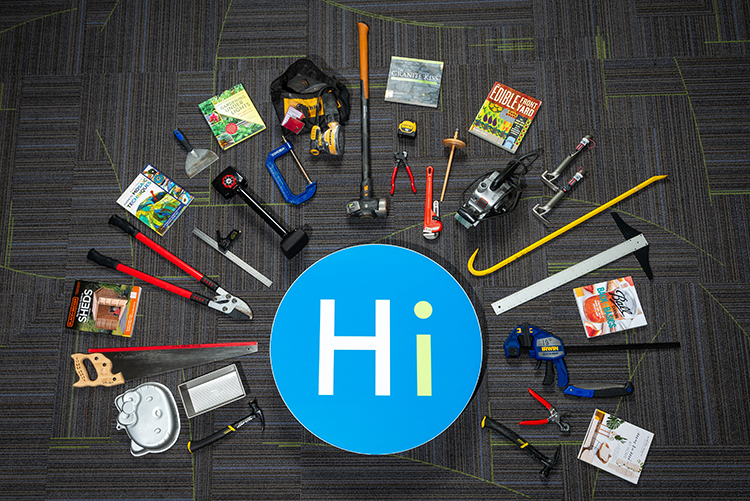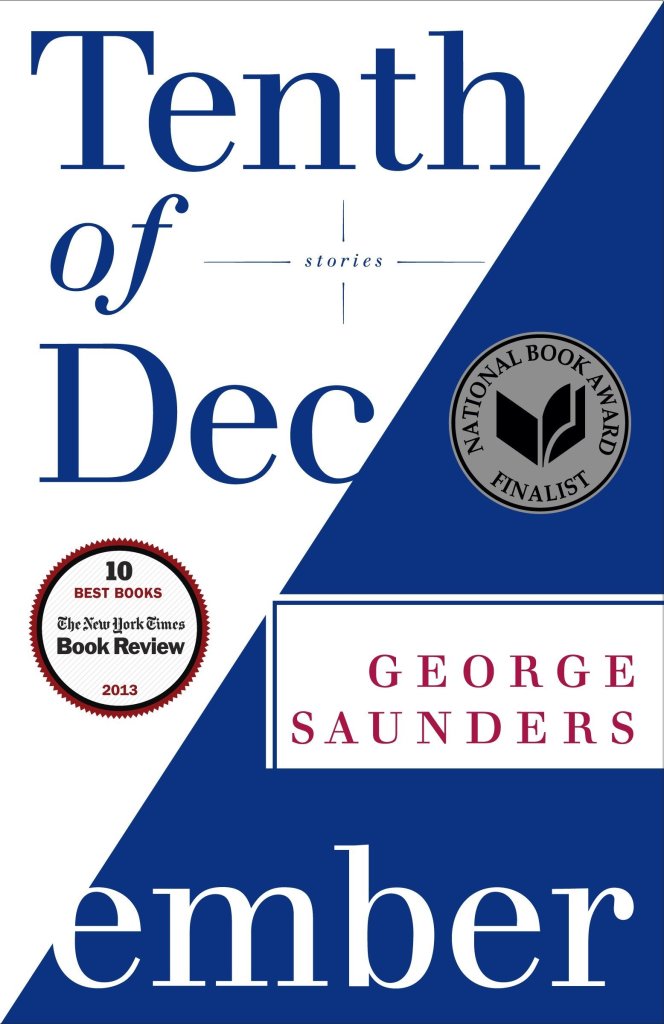By Eric L. and Kelly M.

From Kelly about gardening:
Spring is in the air, and I am eagerly getting ready for the growing season. I’ve been getting started by borrowing tools from the HCLS DIY Education Center, and it’s been a big help for all the times I just need that one specific tool to get the job done. So, let’s look at how the DIY Center can help you with that spring project list!
Looking to prepare a garden for planting? Use a broadfork to help with tilling and aerating the soil. It can also help with mixing in soil amendments such as compost, peat moss, and fertilizers while preserving soil structure.
Need to remove weeds? We’ve got you covered. Borrow our hand cultivator or try a digging knife for the tough weeds. Sometimes it’s more comfortable to weed from a standing position; for that, you might like the garden claw, which is also handy for cultivating the soil, or the standing weed puller, which is as simple as its name implies.
If you’re new to planting, you might appreciate the seed sowing template. This helpful guide lays out exactly where to plant each seed without a need to measure between rows.
Having the proper tool can make completing a task a joy, and gardening should be enjoyed. Stop on by the DIY Center to get yourself set for a great growing season.

From Eric about wood-working:
Since we opened in 2018, the DIY Education Center at Elkridge Branch has lent more items each year. We have many new, exciting items in 2024. Lending power tools, baking pans, and sewing machines in a library is not a commonplace thing. I would imagine you might live locally, so if you’ve not yet taken advantage of this amazing resource, drop by soon.
We have just about every power tool you need for all your home improvement projects. The compound double bevel miter saw is one of most popular tools. This year we’ve added table saws that allow you to “rip cut,” or cut boards long ways. New this year, you can borrow a biscuit joiner that makes identical cuts in boards so you can join them side by side (in a biscuit). This tool comes in handy when making a tabletop, for example. The powered hand planer removes material from wood planks, allowing you to quickly “plane” them down. What’s more, we have clamps, corner clamps, and face clamps. These are super helpful for joining wood together for more intermediate carpentry projects.
You are always welcome to stop by and chat with a knowledgeable staff member about the tools necessary for a project. The classes we offer are really the next step to learning how-to and hands-on. Instructors demonstrate basic techniques, and students may try certain tools. Questions are always welcome throughout the class.
DIY Raised Garden Beds
For adults. Register.
Learn and participate in the construction of a raised garden bed. Learn the building techniques and materials needed (all available to borrow from the DIY Education Center at Elkridge Branch) and tips for starting your Spring planting!
Sat, Mar 16 | 11 am – 12:30 pm
Miller Branch
Seed Starting
For ages 11+ & adults. Register.
Starting vegetables and flowering plants in preparation for spring and summer gardens is fun and rewarding. In this hands-on workshop, start vegetable or flower seeds to take home. Learn from Master Gardeners how to select the right seeds and starting media and how to provide proper germination and growing conditions for seedlings. All materials provided.
Sat, Mar 23 | 11 am – 12 pm
Elkridge Branch
How to Make a DIY Cat Tree
For adults. Register.
Learn the basic carpentry techniques and design skills to build your own cat tree. We discuss the new and re-purposed materials that can be used. Learn through demonstration and participation about the tools you can borrow from the DIY Education Center.
Sat, Apr 20 | 11 am – 1 pm
Elkridge Branch
Kelly is a DIY Instructor & Research Specialist at HCLS Elkridge Branch. She likes to get her hands in the dirt, try new craft projects, and see how many books she can read at one time.
Eric is a DIY Instructor and Research Specialist at HCLS Elkridge Branch. He enjoys reading, films, music, doing nearly anything outside, and people.




















